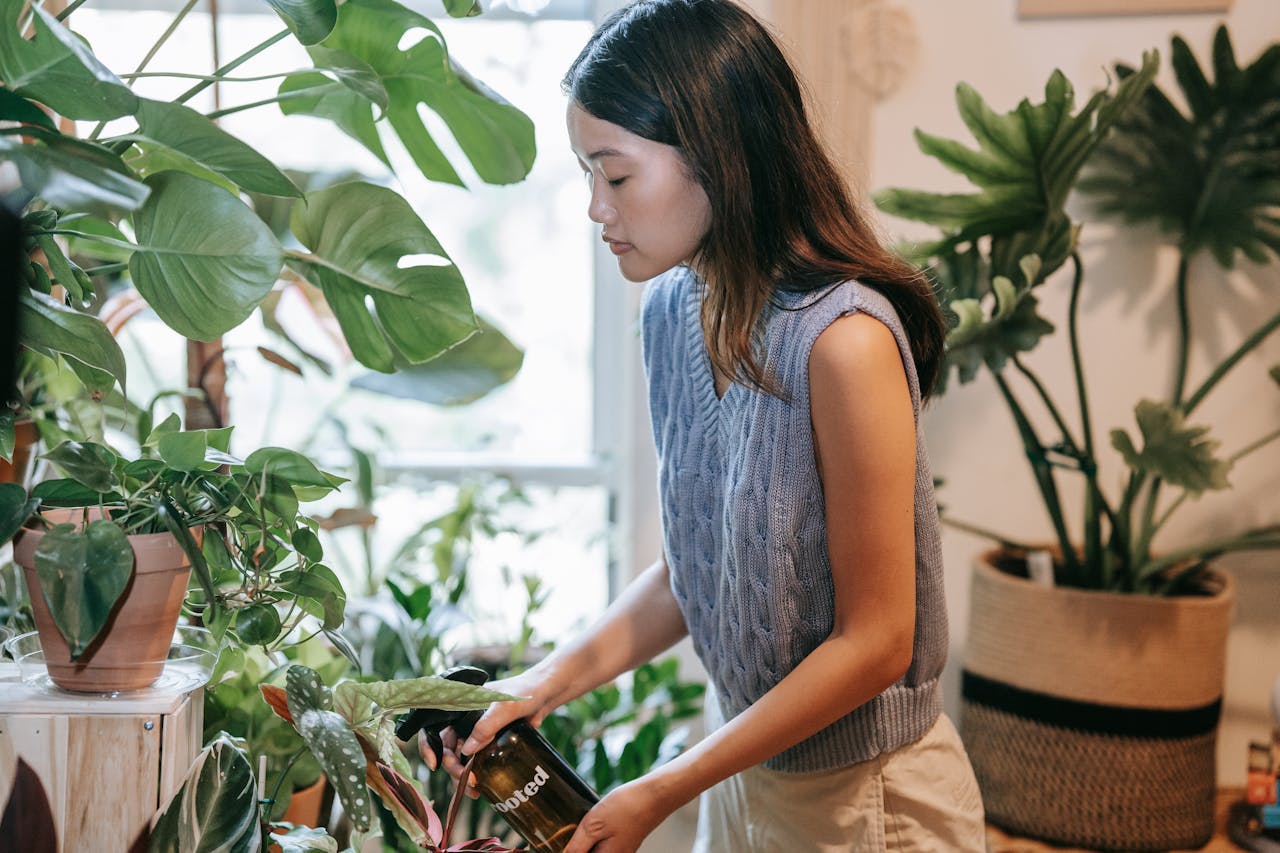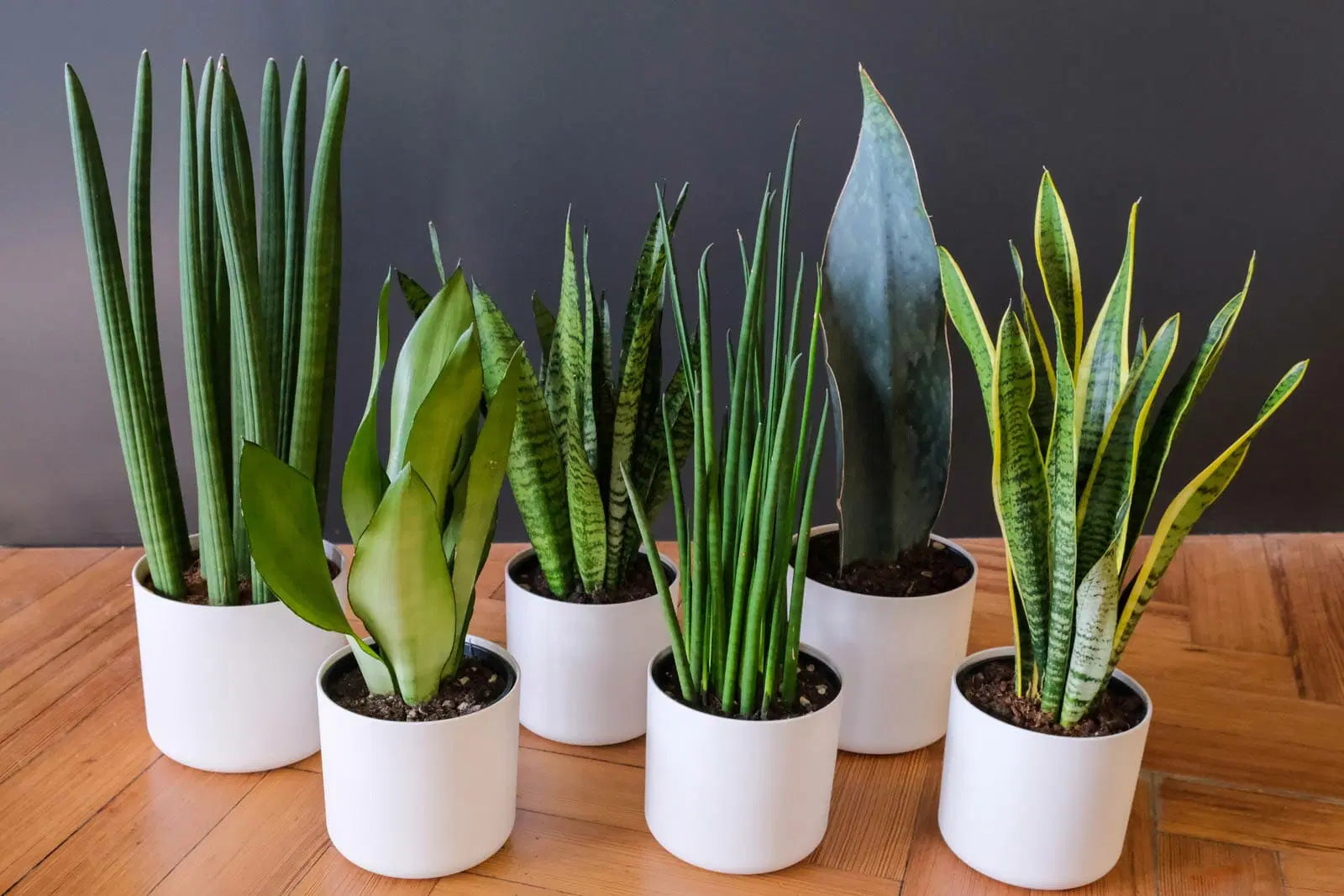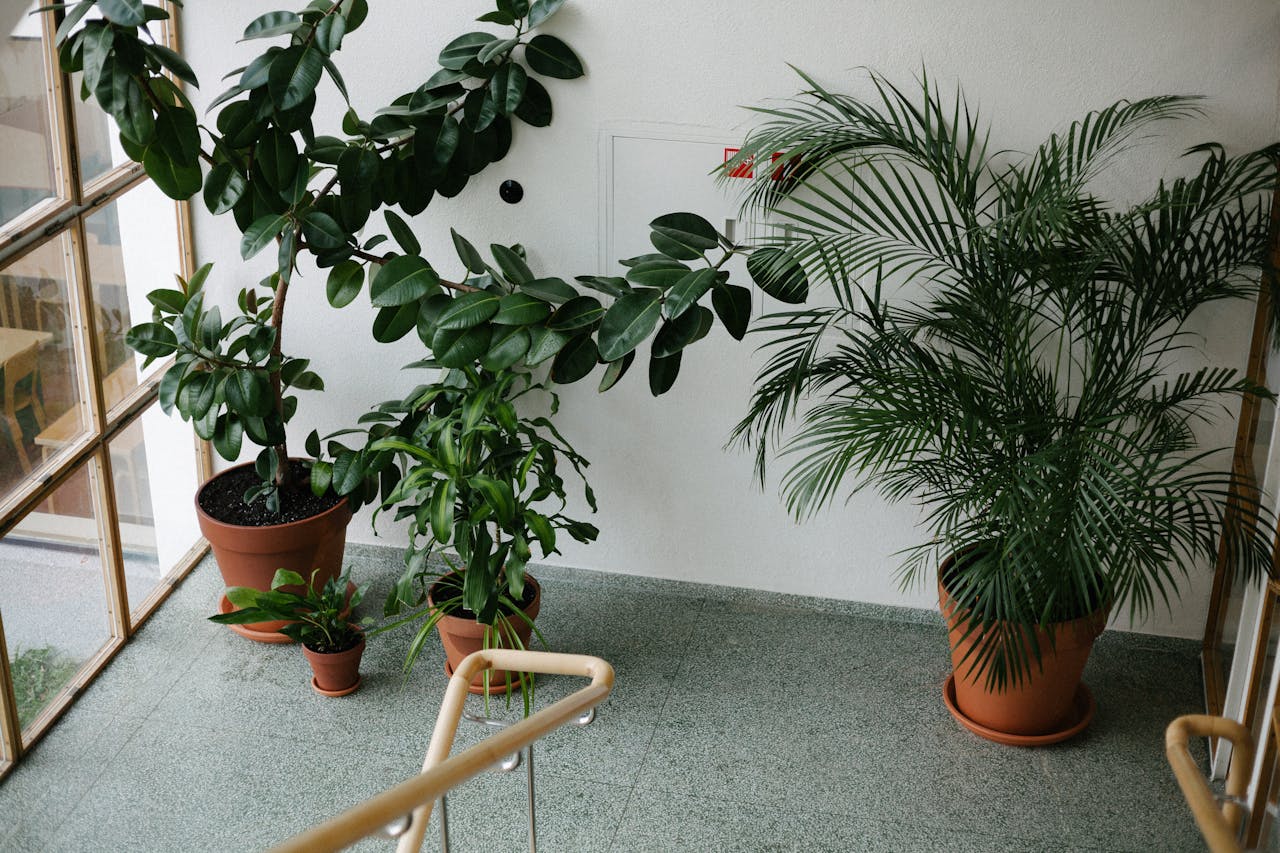Decorating your child’s study space with indoor plants is a wonderful way to create a more inviting and productive environment. Not only do plants add a touch of nature and beauty to the room, but they also offer numerous benefits such as improving air quality and boosting mood. In this article, we will explore how to effectively use indoor plants to enhance your child's study space, providing tips on selecting the right plants, placement, and care.
Benefits of Indoor Plants in a Study Space

Improved Air Quality
Indoor plants are known for their ability to purify the air by removing toxins and releasing oxygen. This can create a healthier environment for your child, helping them to focus better and stay alert during study sessions.
Enhanced Mood and Productivity
Studies have shown that being around plants can reduce stress and improve overall mood. A well-decorated study space with greenery can make studying more enjoyable and less stressful for your child.
Aesthetic Appeal
Plants add a natural and calming element to any room. They can make a study space look more lively and appealing, which can encourage your child to spend more time at their desk.
Also Read- Science Behind How Indoor Plants Improve Your Health
Choosing the Right Plants

When selecting plants for your child’s study space, it’s important to choose varieties that are safe, low-maintenance, and suitable for indoor conditions.
Safe and Non-Toxic Plants
Safety should always come first, especially when it comes to children. Choose non-toxic plants that won’t harm your child if accidentally ingested. Some great options include:
- Spider Plant: Non-toxic and great for air purification.
- Boston Fern: Safe and adds a lush, green look.
- Areca Palm: A larger plant that is also safe for children and pets.
Also Read- How To Choose The Right Indoor Plant For Every Room
Low-Maintenance Plants

Opt for plants that don’t require a lot of attention. This ensures that the plants remain healthy without needing constant care, making it easier for both you and your child. Some easy-care plants include:
- Snake Plant: Very resilient and requires minimal watering.
- Pothos: Can thrive in various lighting conditions and is very easy to care for.
- ZZ Plant: Tolerant of low light and infrequent watering.
Plants for Different Light Conditions
Consider the lighting conditions in the study space when choosing plants. Some plants thrive in low light, while others need bright, indirect sunlight.
- Low Light: Snake Plant, ZZ Plant, Pothos
- Medium Light: Spider Plant, Peace Lily, Boston Fern
- Bright Light: Areca Palm, Aloe Vera, Jade Plant
Also Read- The Science Behind Why Indoor Plants Make You Happier
Decorating Tips

Once you’ve chosen the right plants, it’s time to think about how to incorporate them into the study space effectively.
Desk Plants
Small potted plants on the desk can add a touch of greenery without taking up too much space. Consider using plants like succulents or small ferns. Place them in decorative pots that match the room’s decor.
Shelves and Hanging Plants
Utilize shelves and hanging planters to add plants to the study space without cluttering the desk. Hanging plants like English Ivy or String of Pearls can add a beautiful cascading effect. Shelved plants can include trailing varieties or small potted plants arranged in an aesthetically pleasing manner.
Corner Plants
For larger spaces, placing a tall plant in a corner can make the room feel more balanced and complete. Plants like the Areca Palm or Fiddle Leaf Fig are great for filling up empty corners.
Plant Stands
Using plant stands can help elevate plants, making them a more prominent feature in the room. This is especially useful for medium-sized plants that might get lost on the floor or desk. Choose stands that complement the room’s style.
Creative Containers
Get creative with plant containers. Use colorful pots, repurposed jars, or even DIY planters made from recycled materials. This can add a personalized touch to the study space and make it more visually interesting.
Also Read- How Much Sunlight Does an Indoor Plant Need?
Caring for Indoor Plants

Ensuring that the plants remain healthy is key to maintaining an attractive and beneficial study space.
Watering
Different plants have different watering needs. Overwatering is a common mistake, so it’s important to understand each plant’s requirements. Most indoor plants prefer their soil to dry out slightly between waterings.
Lighting
Ensure that each plant receives the appropriate amount of light. Rotate the plants occasionally to ensure even growth.
Pruning
Regularly prune dead or yellowing leaves to keep the plants looking their best. This also encourages new growth and prevents the plants from becoming too leggy.
Fertilizing
Indoor plants benefit from occasional feeding. Use a balanced, water-soluble fertilizer during the growing season (spring and summer) to promote healthy growth.
Involving Your Child

Getting your child involved in the care and maintenance of the plants can be a great educational experience. It teaches responsibility and provides a sense of accomplishment.
Simple Care Tasks
Assign simple tasks like watering and pruning to your child. Create a schedule that they can follow, making plant care a regular part of their routine.
Educational Opportunities
Use the plants as a teaching tool. Explain the process of photosynthesis, the importance of air purification, and the role of plants in the ecosystem. This can spark an interest in biology and environmental science.
Fun Activities
Make plant care fun with activities like decorating pots, planting new seeds, or creating a plant growth journal where your child can document the progress of their plants.
Conclusion
Using indoor plants to decorate your child’s study space is a wonderful way to enhance their environment, making it healthier and more appealing. By choosing the right plants, arranging them creatively, and involving your child in their care, you can create a space that is not only beautiful but also beneficial for their well-being and productivity.
So, bring some greenery into your child’s study area and watch how it transforms the space into a vibrant, nurturing environment that supports their growth and learning.













Leave a comment
This site is protected by hCaptcha and the hCaptcha Privacy Policy and Terms of Service apply.